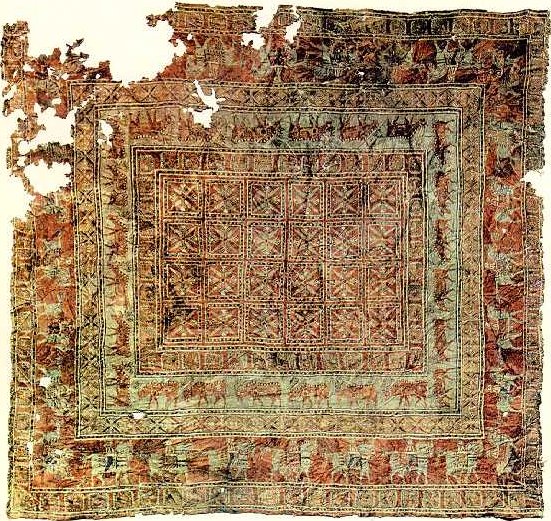 The Fourth of July conjures up the memory of hot summer nights, the soft flicker of lightning bugs and the intensity of the very best fireworks you'll see all year. It also gives us a little extra time to reflect on the fact that a little over 230 years ago, our young country was fighting desperately for its independence. And somehow, we did the unthinkable. We won.
The Fourth of July conjures up the memory of hot summer nights, the soft flicker of lightning bugs and the intensity of the very best fireworks you'll see all year. It also gives us a little extra time to reflect on the fact that a little over 230 years ago, our young country was fighting desperately for its independence. And somehow, we did the unthinkable. We won.
From then on, the United States of America has been the land of opportunity. For better or worse, people arrive here to start new lives. They see the USA as a place where dreams come true and money is made, and whether this is accurate or not, many of us living here have excessively more than people in other parts of the world.
The trend of wealth and prosperity began early - some of our founding fathers had elaborate houses and extensive grounds. Often, their wealth included those extras the Average Joe couldn't afford - livestock, land, furniture, ... and carpet, of course! (You wondered how I'd work that in, didn't you?)
For decades, only the wealthiest families had carpet in their homes in America. Carpet reproducer J.R. Burrows' website suggests that carpet was a coveted possession. "In the Federal Period, when floorcoverings were prized and extremely costly, most wealthy American families had Brussels carpets in their best rooms." The site discusses both Wilton, a cut pile carpet, and Brussels, a loop pile, among others. Both were manufactured in Kidderminster, the carpet capital of Britain. In the 19th century, the wealthy tended to put the velvety Wilton in their very best rooms and Brussels in other areas of the house. "Brussels carpets were first woven in the early 18th century... Wilton carpets have the same structure as Brussels but the pile is cut open and sheared, producing a velvet-like quality. Although increased mechanization has equalized the pricing, in the 18th and 19th century the velvet pile of Wilton was roughly double the cost of Brussels."
Thomas Jefferson apparently enjoyed Brussels carpet in Monticello. You can actually see a list of the carpet found in many of his rooms here, on the Thomas Jefferson wiki. And at MountVernon.org, you can purchase reproductions of carpet that could very well have covered George Washington's floors. But as you probably know, carpet has been around far longer than the young life of the United States. "The earliest surviving pile carpet in the world is called the "Pazyryk Carpet," dating from the 5th-4th century BCE," says Wikipedia. [You can see a photo of The Pazyryk Carpet at left.] It was excavated from the valley of Pazyryk and thought to have been made by the Iranian Scythians or the Persian Achaemenids. Historians and archaeologists can also trace carpet from Turkey, Persia, India, Pakistan and later, after the Crusades, even from Europe.
But as you probably know, carpet has been around far longer than the young life of the United States. "The earliest surviving pile carpet in the world is called the "Pazyryk Carpet," dating from the 5th-4th century BCE," says Wikipedia. [You can see a photo of The Pazyryk Carpet at left.] It was excavated from the valley of Pazyryk and thought to have been made by the Iranian Scythians or the Persian Achaemenids. Historians and archaeologists can also trace carpet from Turkey, Persia, India, Pakistan and later, after the Crusades, even from Europe.
Originally, carpet was less of a luxury and more of a necessity. The Turks placed carpets on floors and over doorways to protect themselves from extreme cold temperatures. Then later - and still today - Muslims spread carpets on the floors of Mosques on which to worship.
Happy July 4th!

Technorati Tags: carpet carpet history brussels carpet wilton carpet carpet history carpet in the united states Del.icio.us Tags: carpet carpet history brussels carpet wilton carpet carpet history carpet in the united states




No comments:
Post a Comment